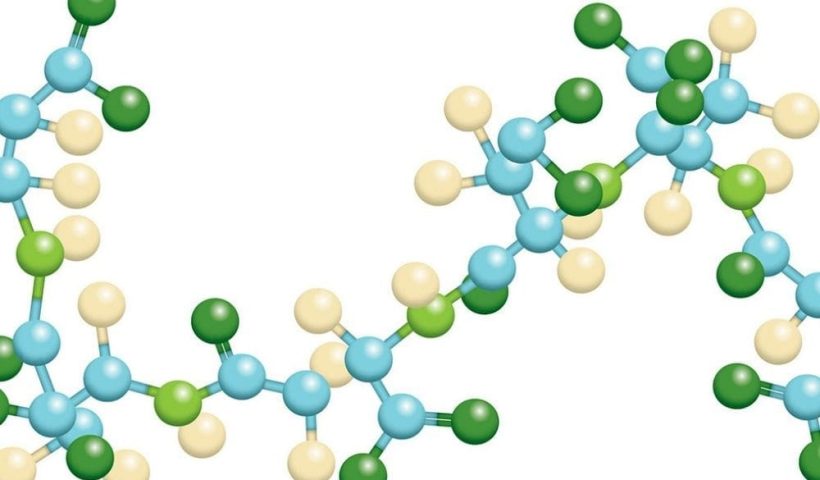
The 2019 season is starting, and before you know, it will be in full swing. I’d say it’s already in full swing, but that certainly depends on which region you reside! As we start to dust off the jugs on our liquid fertility shelves, I start to get questions from end users and reps about label math. Most notably, the question is How much nutrient am I putting down at a certain rate? Now would be an ideal time to walk through calculating pounds of nutrient supplied by liquid fertilizers.
To make these calculations, we need to know three things. We must know the product weight per gallon, the percent nutrient analyses, and the rate at which we’ll be applying the product. If these three things are known, then we can calculate the lbs/1000 of nutrient we’re delivering. So, let’s begin!
Preparing for Your Calculations
For our example, I’m going to use Foliar Pak 11-0-11. First, let’s take the product weight per gallon. This number can usually be found at the bottom of a jug of product or on the label. Sometimes it’s given as weight per container. If it’s presented in this manner, make sure you divide that number by the number of gallons in the container. With the Foliar Pak 11-0-11, the product weight per gallon is 10.4 lbs.
Second, we have to know the percent nutrient analyses. In our example of Foliar Pak 11-0-11, this would be nitrogen (11%) and potassium (K20) (11%). As you’ll see when we make the calculations, we have to understand these are percentages, and therefore must move the decimal point over two places for calculations. In this example, for both N and K, the number would be 0.11.
Third, we must decide what rate we’re applying the product. With Foliar Pak 11-0-11, a common recommendation would be 6 oz/1000 every 14 days. For our example, we’ll use the 6 oz rate. Now that we have all three of our pertinent numbers to calculate our nutrient delivery, let’s make the calculations.
Calculating the Nutrient Delivery
The first step in calculating the nutrient delivery is to figure out how much of a specific nutrient is in a gallon. For our example, we’d take the product weight per gallon (10.4 lbs) and multiply it by the percent of our nutrient (both N and K are 11% or 0.11). 10.4 lbs x 0.11 = 1.14 lbs of each N and K in a gallon of Foliar Pak 11-0-11.
Next, I like to divide that number by 128. Since there is 128 oz in a gallon, this tells us how much nutrient is in an ounce. We are applying at 6 oz/1000, but if I know how much nutrient is in an ounce, then I have great information if I wanted to pivot my rate up or down. For our example: 1.14 lbs of N (and K) in a gallon / 128 oz in a gallon= .0089 lbs of N (and K) in an ounce of Foliar Pak 11-0-11.
Again, knowing how many lbs of nutrient are in each ounce gives us complete and easy control to adjust a rate on the fly. We would simply multiply the .0089 lbs N (and K) per ounce by whatever rate we wanted to apply the product. In the case of Foliar Pak 11-0-11, the rate range is 3-12 oz/1000. In our example, we’re using 6 oz/1000. For our example: .0089 lbs of N (and K) in an ounce x 6 oz (per 1000)= .0534. We’re finished! That means at a rate of 6oz/1000 of Foliar Pak 11-0-11, we’re applying a rate of .0534 lb. of both N and K per 1000 square feet.
I often get these questions on calculations throughout my travels, so hopefully, this is a refresher on calculating pounds of nutrient delivered by liquid fertilizers. It’s always important to know your numbers on anything you’re applying to your plants.



